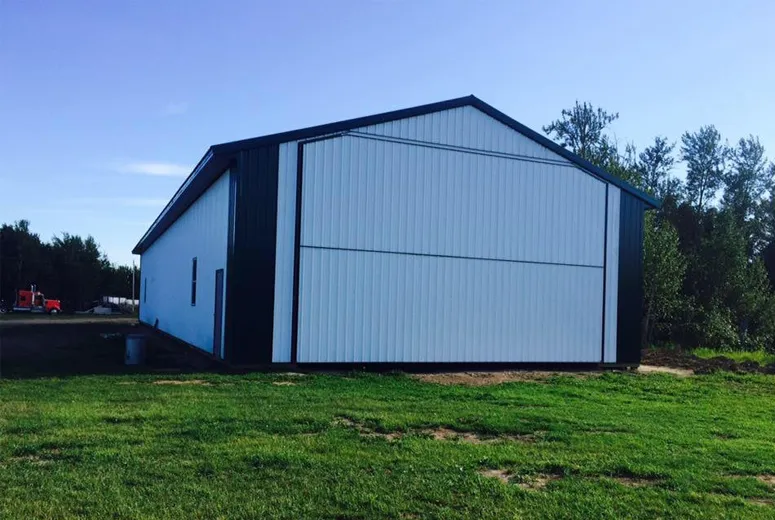- Afrikaans
- Albanian
- Amharic
- Arabic
- Armenian
- Azerbaijani
- Basque
- Belarusian
- Bengali
- Bosnian
- Bulgarian
- Catalan
- Cebuano
- Corsican
- Croatian
- Czech
- Danish
- Dutch
- English
- Esperanto
- Estonian
- Finnish
- French
- Frisian
- Galician
- Georgian
- German
- Greek
- Gujarati
- Haitian Creole
- hausa
- hawaiian
- Hebrew
- Hindi
- Miao
- Hungarian
- Icelandic
- igbo
- Indonesian
- irish
- Italian
- Japanese
- Javanese
- Kannada
- kazakh
- Khmer
- Rwandese
- Korean
- Kurdish
- Kyrgyz
- Lao
- Latin
- Latvian
- Lithuanian
- Luxembourgish
- Macedonian
- Malgashi
- Malay
- Malayalam
- Maltese
- Maori
- Marathi
- Mongolian
- Myanmar
- Nepali
- Norwegian
- Norwegian
- Occitan
- Pashto
- Persian
- Polish
- Portuguese
- Punjabi
- Romanian
- Russian
- Samoan
- Scottish Gaelic
- Serbian
- Sesotho
- Shona
- Sindhi
- Sinhala
- Slovak
- Slovenian
- Somali
- Spanish
- Sundanese
- Swahili
- Swedish
- Tagalog
- Tajik
- Tamil
- Tatar
- Telugu
- Thai
- Turkish
- Turkmen
- Ukrainian
- Urdu
- Uighur
- Uzbek
- Vietnamese
- Welsh
- Bantu
- Yiddish
- Yoruba
- Zulu
Ara . 14, 2024 00:15 Back to list
Building Steel Design An Overview
Building steel design is a crucial aspect of modern architecture and construction, serving as the backbone for a wide range of structures. Steel's inherent properties — strength, durability, and flexibility — make it an ideal material for various applications, from skyscrapers to bridges and industrial buildings. This article delves into the key elements of steel design, its advantages, and the considerations engineers and architects must take into account.
Understanding Steel Properties
Steel is an alloy primarily consisting of iron and a small percentage of carbon. This composition grants it several advantageous properties. One of the most significant is high tensile strength; steel can withstand considerable loads without deformation. Additionally, it is relatively lightweight compared to other materials like concrete, allowing for easier handling and transport. Steel's ductility enables it to bend without breaking, which is particularly beneficial in seismic zones where structures must absorb and dissipate energy from earthquakes.
Design Standards and Codes
When designing steel structures, engineers must adhere to established standards and codes to ensure safety and reliability. In the United States, the American Institute of Steel Construction (AISC) provides guidelines on how to design steel structures efficiently. These codes cover aspects such as material properties, load considerations, and safety factors. Compliance with these regulations not only ensures safety but also facilitates consistent practices across the industry.
Load Considerations
A crucial factor in steel design is understanding the loads that a structure will encounter. These include dead loads (permanent/static forces like the weight of the building materials), live loads (temporary/static forces such as occupancy and furniture), environmental loads (like wind, snow, and seismic activities), and load combinations. Engineers must accurately calculate these loads to ensure that every component of the structure is adequate to handle the stresses it will face throughout its lifespan.
building steel design

Connection Design
Connections are vital in steel structures, as they are the points where different elements come together. Various connection types — including welded, bolted, and riveted joints — can be employed depending on the specific requirements of the project. Understanding how to design and detail these connections is essential for achieving the desired structural integrity. A well-designed connection can enhance the overall performance of the building, while inadequate ones can lead to failures.
Sustainability in Steel Design
With the growing emphasis on environmental sustainability, the steel industry is continuously working towards more sustainable practices. Steel is one of the most recycled materials globally, and its lifecycle can be significantly beneficial for reducing waste. Modern steel design also focuses on minimizing material usage without compromising strength, known as efficient design. This approach not only reduces costs but also alleviates the environmental impact associated with steel production.
Future Trends
Looking ahead, trends in steel design are evolving with advancements in technology and materials. Innovations like higher-strength steel, composite materials, and computer-aided design (CAD) are shaping the future of structural engineering. These developments allow for more complex and daring architectural designs, promoting creativity while still ensuring safety and functionality.
Conclusion
Building steel design is an ever-evolving field that combines art and science. As cities grow upward and outward, the importance of effective steel design becomes increasingly paramount. By understanding the properties of steel, adhering to design codes, and incorporating sustainable practices, engineers and architects can create resilient and aesthetically pleasing structures that stand the test of time. The future of building steel design promises to be dynamic, challenging professionals to innovate while maintaining safety and sustainability.
-
Cold Formed Steel Residential Framing
NewsMay.21,2025
-
Innovative Steel Structure Building Solutions
NewsMay.19,2025
-
Innovative Prefab Metal Shed Solutions
NewsMay.19,2025
-
Durable Steel Horse Shelter Solutions
NewsMay.19,2025
-
Durable Metal Shed Solutions
NewsMay.19,2025
-
Durable Big Metal Shed Solutions
NewsMay.19,2025
Products categories
Our Latest News
We have a professional design team and an excellent production and construction team.












